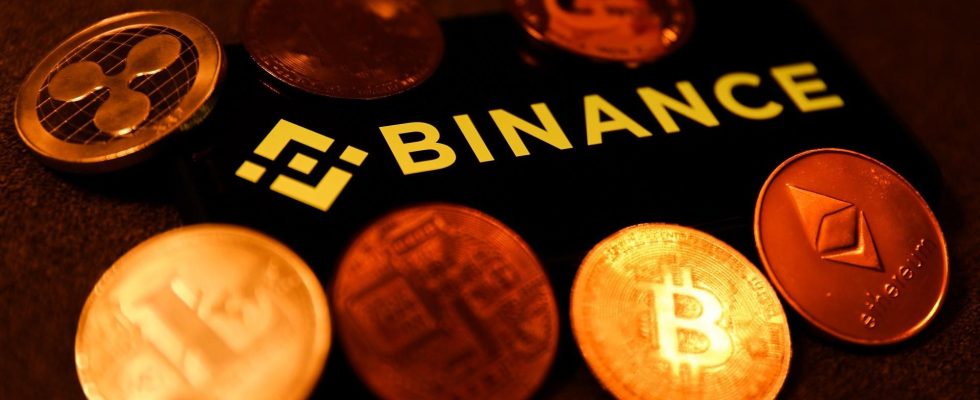Binance Labs, the venture capital and incubation arm of Binance, the world’s leading cryptocurrency exchange, announced that it has invested in the altcoin project StakeStone, in a move that is preparing to shake the staking environment. This innovative staking protocol aims to revolutionize omni-channel liquidity distribution by providing a comprehensive solution for emerging chains and ecosystems.
Binance invested in a new altcoin project
StakeStone is tackling the current challenges of fragmented liquidity across various blockchain networks. Traditionally, staking has been limited to specific blockchains, hindering the flow of capital and hindering the growth of emerging ecosystems. StakeStone breaks down these barriers by creating a seamless connection between multi-chain liquidity.
At the heart of StakeStone is its native token STONE, a yield-generating ETH token. This token unlocks a number of benefits for users. First, it accelerates the development of Layer 2 (L2) networks by providing native staking returns and liquidity. Secondly, STONE has a highly scalable architecture that ensures compatibility with a large number of staking assets.
Statement from the President of Binance Labs
This includes not only ETH Proof-of-Stake (PoS) staking but also Eigenlayer restaking, which covers LRT, LST restaking, and native restaking options. The protocol is designed to adapt and integrate new staking asset types as they emerge and future-proof its functionality. Binance Co-Founder and Binance Labs President Yi He said the following on the subject:
StakeStone addresses the intricacies of omnichain liquidity distribution and opens doors for broader participation in the space. We actively seek out visionary projects that push the boundaries of innovation. We look forward to watching StakeStone’s growth in the industry.
One of StakeStone’s greatest strengths lies in its transparency. Unlike traditional staking methods that rely on multi-signature wallets, StakeStone provides full transparency for underlying assets and returns. This increases trust and confidence among users joining the network. Additionally, StakeStone utilizes the Portfolio Optimization and Allocation Offering (OPAP) mechanism. This allows STONE holders to automatically receive optimized staking returns without the need for any manual intervention.
STONE BTC and ETH move attracts attention
StakeStone strives to create a sustainable and self-adaptive liquidity layer infrastructure by integrating innovative underlying assets. Their vision is to establish STONE ETH and STONE BTC as the new standard for liquid assets. Co-Founder Charles K said:
Our end-to-end goal is to create a long-term, decentralized, multi-chain liquidity distribution network that acts as an infrastructure for security sharing at the consensus layer and improves efficiency at the application layer. We are honored to have the support of Binance Labs in realizing this vision.

StakeStone’s roadmap outlines a future focused on continuous adaptation. The protocol plans to integrate innovative underlying assets based on market dynamics, with a particular focus on Artificial Intelligence (AI) and proprietary consensus mechanisms used in Decentralized Physical Infrastructure Networks (DePINs). Additionally, StakeStone aims to expand liquidity distribution channels and further increase the utility of the network by enabling application layer liquidity. The inclusion of BTC in the liquidity network is also being actively explored.
To be informed about the latest developments, follow us Twitter’in, Facebookin and InstagramFollow on . Telegram And YouTube Join our channel.
